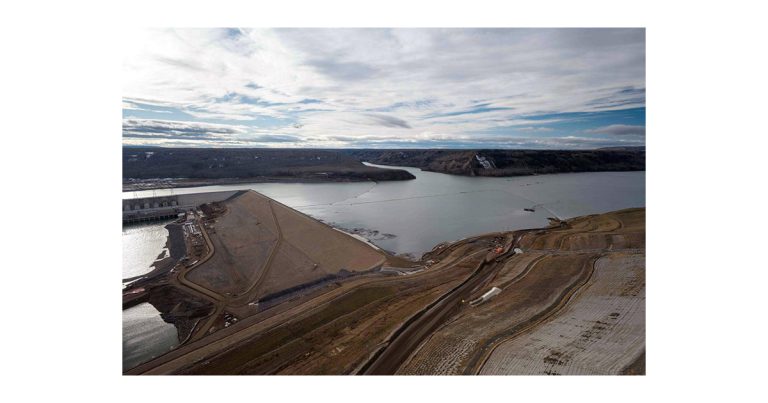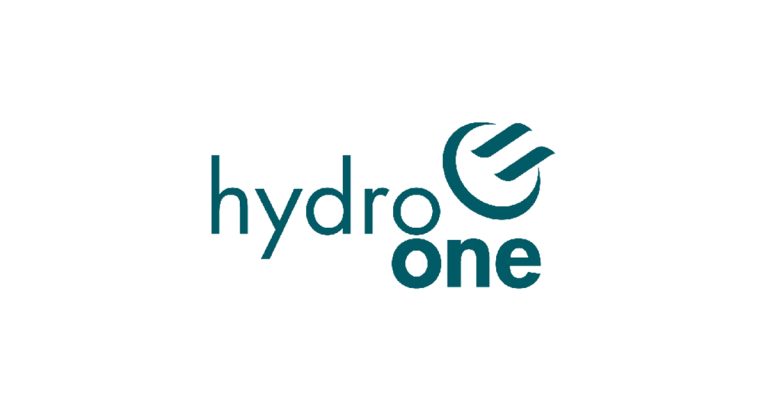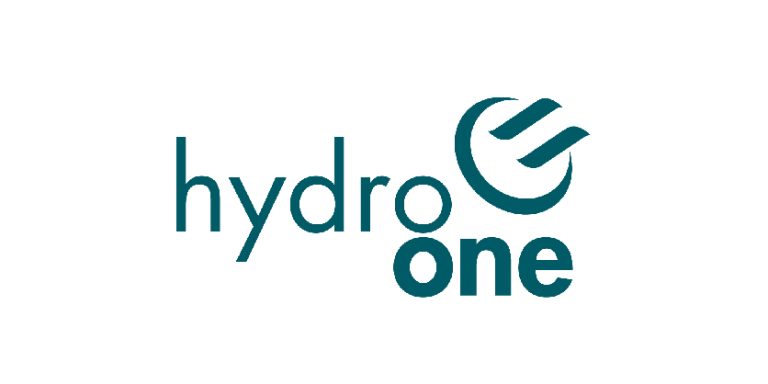Province, Hydro One Building New Energy Infrastructure in Timmins and Northeastern Ontario

January 8, 2025
The Ontario government has given the go-ahead to Hydro One to seek all necessary approvals and build a new transmission line to meet the growing demand for energy in the City of Timmins and support growth manufacturing and mining across Northeastern Ontario. The new transmission line is scheduled to come into service in 2030 and will run approximately 260 kilometres from the Wawa Transformer Station to the Porcupine Transformer Station, located in the Timmins area.
According to Ontario’s Independent Electricity System Operator, electricity demand in northeastern Ontario, including the City of Timmins, is forecast to grow by 540 MW by 2035, an increase of 28 per cent. This includes new mining developments and industrial loads in northeastern Ontario. To help meet this growing demand for energy, the government has issued an Order-in-Council declaring this new transmission line a provincial priority. This will streamline the Ontario Energy Board’s (OEB) regulatory approval process for this line.
Ontario has selected Hydro One as the transmitter responsible for the development of this line. Hydro One was selected after extensive evaluation of its proposal and consultations with stakeholders, the public, and Indigenous communities.
“Advancing the new transmission line is a critical step in powering the future of Timmins and the mining sector in Northeastern Ontario,” said George Pirie, Minister of Mines and MPP for Timmins. “As Timmins continues to thrive as a key hub for mining and economic activity, ensuring greater access to clean and reliable energy is vital to meet the region’s increasing energy needs that will power the mines of tomorrow, which benefits all of Ontario.”
The new transmission line is a significant opportunity to build economic partnerships and advance reconciliation with First Nation and Métis communities, which is key to successful energy infrastructure development in the province. Hydro One is working with Indigenous communities on early planning and partnership opportunities for the project, and First Nations have the opportunity to invest in a 50 per cent equity stake in the transmission line component of the project once complete through Hydro One’s Equity Partnership model.
“By partnering with First Nations communities on critical energy infrastructure projects like the Wawa to Porcupine transmission line, we are not only strengthening Ontario’s economy for now and future generations, but also advancing meaningful reconciliation with Indigenous communities,” said Greg Rickford, Minister of Northern Development and Minister of Indigenous Affairs and First Nations Economic Reconciliation. “Today’s announcement marks a step toward sustainable growth that benefits every community, ensuring we are Building Ontario the right way – together.”
The Wawa to Porcupine Transmission line is just one part of Ontario’s Affordable Energy Future, the government’s vision as it plans for rising energy demand, which includes:
- Energy Planning – Developing the province’s first integrated energy plan, including all energy resources, including electricity, natural gas, and other fuels to ensure the province’s energy needs are met in a coordinated and long-term manner.
- Nuclear Energy – Advancing clean, reliable, and affordable nuclear power through pre-development work at Bruce Power on the province’s first large-scale nuclear build in 30 years, four small modular reactors at Darlington and supporting OPG’s plan for refurbishing the Pickering Nuclear Generation Station.
- New Transmission Infrastructure – Designating and prioritizing transmission lines in Southwestern, Northeastern and Eastern Ontario that will support the creation of jobs, including EV and EV battery manufacturing and clean steel production.
- Keeping Costs Down – Expanding energy efficiency programs which are helping families and businesses reduce electricity usage and save money on energy bills.
- Additional Competitive Procurements – Launching the largest competitive procurement of clean energy resources in the province’s history in addition to successfully re-contracting existing capacity resources at about a 30 per cent discount.
Quick Facts
- Electricity demand in northeast Ontario is projected to grow at a rapid pace over the next 10 years due to economic development and electrification initiatives, creating urgency to expand electricity infrastructure in the region.
- To support this demand, the IESO has recommended that a new 230 kilovolt (kV) (built to 500 kV operating standards), 260-kilometre transmission line be built in northeastern Ontario from Wawa Transformer Station to Porcupine Transformer Station.
- The proposals from interested transmitters to build the Wawa to Porcupine Transmission line were evaluated on criteria including the likelihood that each transmitter could build the project on time, how they would maximize value to and minimize the impact on ratepayers, and how they could maximize benefits to Indigenous communities.
- Last year, the province announced two new transmission lines that will run between Sault Ste. Marie and Sudbury to help meet the growing demand for energy across northeastern Ontario and power the production of green steel at Algoma Steel in Sault Ste Marie.







